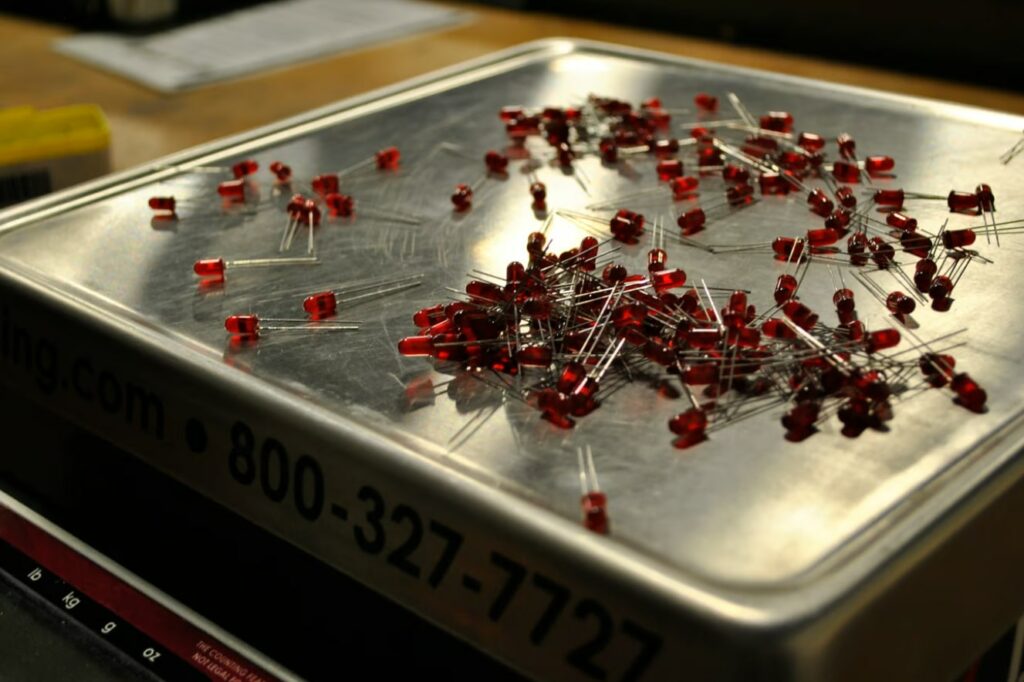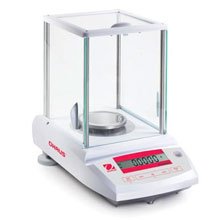Metrology Glossary: Motion Detection
What Is Motion Detection?
Motion detection in weighing scales represents an electronic mechanism engineered to discern fluctuations in the weight under evaluation. Its primary purpose is to preemptively disable certain functionalities of the scale, such as the zeroing function, when it detects any movement or vibration. By doing so, it ensures that the measurements obtained are precise and free from interference caused by external factors like user movement or environmental disturbances. This technology is especially critical in applications where precision and accuracy matters, such as laboratory settings or industrial processes, where even the slightest motion can lead to misleading or inaccurate weight measurements.
What Is Motion Detection Used For?
- Laboratory applications: In research settings where precise weighing of small quantities is common, even the slightest disturbance can significantly impact results. Motion detection plays a crucial role in minimizing errors, ensuring the precision of measurements for valuable samples.
- Industrial processes: Within manufacturing and production workflows, accurate weight measurements are vital for quality control. Motion detection technology is instrumental in maintaining the reliability and consistency of these measurements, preventing the production of defective or non-compliant products.
- Inventory management: Motion detection finds utility in warehouses and inventory systems by providing precise tracking of material and goods weights. This approach helps mitigate stock discrepancies, fostering efficient inventory control practices.
- Pharmaceutical industry: In pharmaceutical manufacturing, precise weight measurements are imperative for guaranteeing the accurate dosage of medications. Motion detection serves as a safeguard, preventing inaccuracies in ingredient weighing and ensuring the safety and efficacy of pharmaceutical products.
- Environmental monitoring: Motion detection proves valuable in environmental monitoring applications, where it aids in tracking weight changes in air or water samples. This data becomes instrumental in assessing pollution levels and monitoring the effectiveness of environmental remediation initiatives.

Related Terms
A weighing scale, also known as a mass scale, weight scale, mass balance, or weight balance, is a crucial device used for the precise determination of an object's weight or...
A checkweigher functions as an automated or manual device used for gauging the weight of packaged goods, verifying their conformity with predetermined weight parameters....








